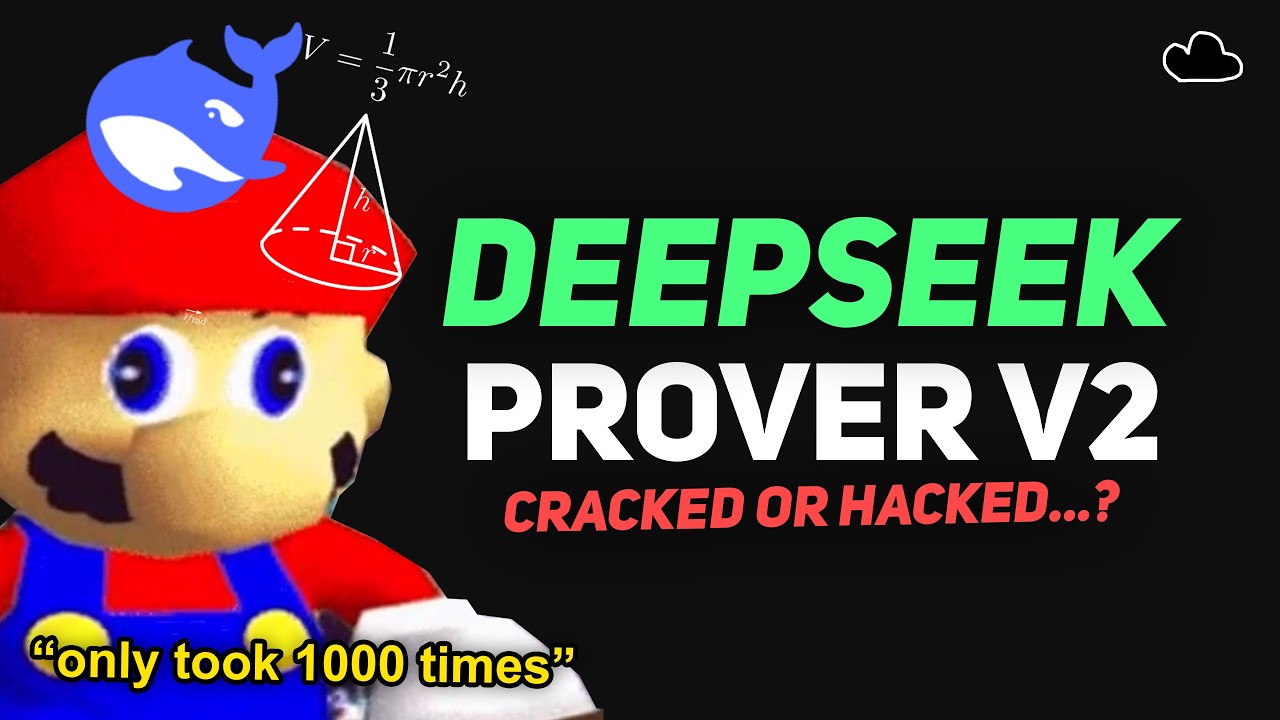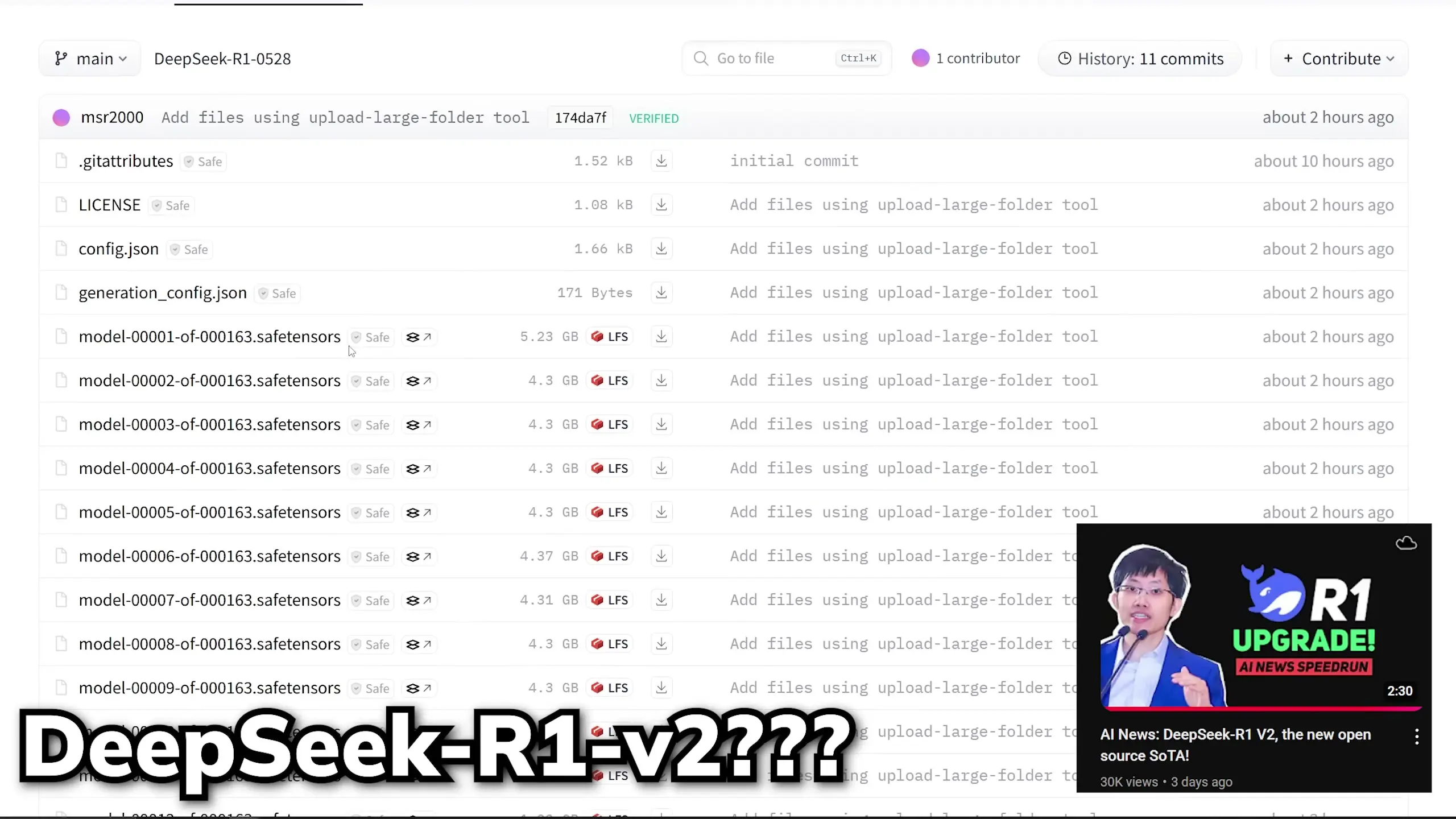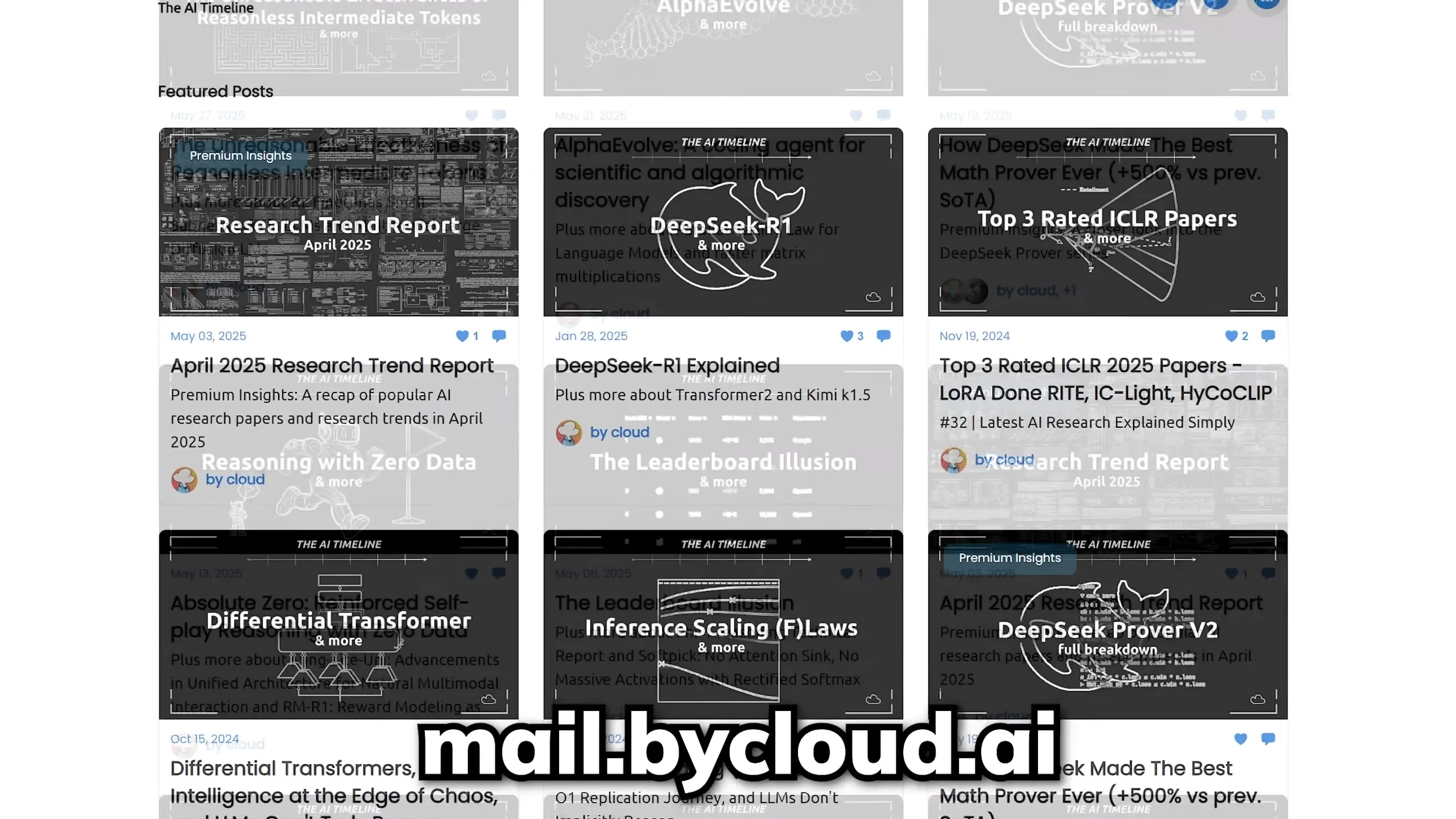
While major AI labs focus on optimizing user experience, Deepseek has quietly revolutionized mathematical reasoning in AI with their Prover V2 model. This breakthrough in deep mathematics significantly outperforms all other closed and open-source models in formal theorem proving, demonstrating unprecedented capabilities in mathematical reasoning that could transform how AI approaches complex problem-solving.
Breaking Records in Mathematical Reasoning
The performance gap between Deepseek Prover V2 and other leading models is striking. On the Putnam benchmark—a collection of 657 questions from the notoriously difficult Putnam mathematical competition—previous state-of-the-art models could only solve 10 questions given 192 attempts. By comparison, Claude 3 Opus solved just 2 questions, and Gemini 2.5 Pro managed only 3 on their first attempts.
Deepseek Prover V2, however, successfully solved 49 questions—nearly five times more than the previous record. While the model used up to 1,024 attempts for some problems, this achievement remains remarkable considering that other models attempting similar numbers of tries couldn't even reach double-digit scores.

The Challenge of Theorem Proving in AI
Theorem proving represents one of the most challenging domains for AI. Unlike standard math problem solving, theorem proving requires constructing airtight logical arguments step by step with zero margin for error. It demands not just deep mathematical understanding but the ability to express logical reasoning in highly structured syntax.
The difficulty lies in the fact that traditional approaches to AI reasoning often rely on heuristics that don't align with the strict logical requirements of formal proof systems. This is where Deepseek's innovative approach makes a critical difference in advancing math deep learning capabilities.
Innovative Data Synthesis Pipeline
What sets Deepseek's approach apart is their recursive data synthesis pipeline using Lean 4, a programming language designed for verifying mathematical statements. This pipeline employs a two-model setup:
- A large generalist LLM (Deepseek V3) writes a natural language sketch of a proof outline, decomposing complex theorems into sub-goals with placeholder "sorry" markers
- A smaller 7B parameter prover model pre-trained on Lean 4 and mathematical data fills in these placeholders
- If the smaller model can't solve a sub-goal, that sub-goal is further broken down recursively until manageable
- The solved sub-proofs are stitched back together into the original template along with explanatory reasoning
This approach mirrors how mathematicians actually work—breaking complex proofs into manageable pieces and then combining them into a cohesive whole. The beauty of this system is that the computationally expensive large model only handles high-level structuring, while the smaller specialized model handles the detailed mathematical work, keeping computing costs remarkably low.

From Synthetic Data to Reinforcement Learning
The pipeline creates what researchers call "code-star data"—a collection of self-solved proofs that were used to train a 671 billion parameter model that had never seen Lean 4 before. Remarkably, this model learned formal proof style without human-labeled ground truth data.
Once trained on this synthetic data, researchers refined the model further using Group Relative Policy Optimization (reinforcement learning) with two key rewards:
- A binary signal: 1 if the generated Lean proof is verified as correct, 0 if not
- A consistency reward that penalizes the model if its proof structure significantly diverges from the intended decomposition
This combination of rich synthetic data and targeted reinforcement learning proved to be the key to Deepseek Prover V2's success in advancing deep learning mathematical proof capabilities.
Surprising Findings from Model Comparison
When comparing the 671B and 7B parameter versions of the Prover model, researchers made some fascinating discoveries:
- The larger model internalized step-by-step reasoning so deeply that it would include explanatory comments in its code even when not explicitly asked to explain its reasoning
- The smaller 7B model surprisingly solved 13 Putnam problems that the 671B model couldn't solve, demonstrating specialized skill in handling finite cardinality problems
- When combining both models' capabilities, they could collectively solve 62 Putnam problems—a remarkable achievement in mathematical AI
Beyond Standard Math Solvers
What distinguishes Deepseek Prover from standard math-solving AI models is its focus on formal verification. While traditional math AI models aim to find numerical answers or provide natural language explanations, they aren't subjected to the absolute line-by-line logical scrutiny that formal proof languages like Lean 4 demand.
Deepseek Prover leaves no room for ambiguity or unstated assumptions. This inherent robustness, trained through reinforcement learning, has the potential to make training downstream math-solving skills much more effective and reliable. When a formal prover solves a theorem, that solution is by definition logically irrefutable within its system.

Implications for the Future of AI Reasoning
The implications of Deepseek's breakthrough extend far beyond mathematical theorem proving. If other large language models were trained with this level of mathematical rigor, it could dramatically improve the reliability of AI reasoning across domains.
By combining formal verification with systematic calculation checking, future AI systems could achieve unprecedented levels of reasoning reliability. This approach holds tremendous promise for applications requiring absolute precision and logical correctness, from scientific research to critical infrastructure systems.
For developers and researchers working in deep mathematics and AI, Deepseek Prover V2 represents not just an incremental improvement but a fundamental shift in how we can approach machine reasoning—one that prioritizes formal verification and logical consistency over mere pattern matching and heuristics.
Conclusion
Deepseek's innovative approach to mathematical reasoning in AI demonstrates how specialized training methods can produce remarkable results in even the most challenging domains. By combining large language models with formal verification systems and reinforcement learning, they've created a mathematical reasoning system that outperforms all competitors by a significant margin.
As this technology continues to develop, we can expect to see these rigorous reasoning capabilities extend to other domains, potentially transforming how AI approaches complex problem-solving across fields. For anyone interested in the intersection of deep mathematics and artificial intelligence, Deepseek Prover V2 represents an exciting glimpse into the future of machine reasoning.
Let's Watch!
Deepseek's Revolutionary Math Prover V2: How It's Redefining AI Reasoning
Ready to enhance your neural network?
Access our quantum knowledge cores and upgrade your programming abilities.
Initialize Training Sequence